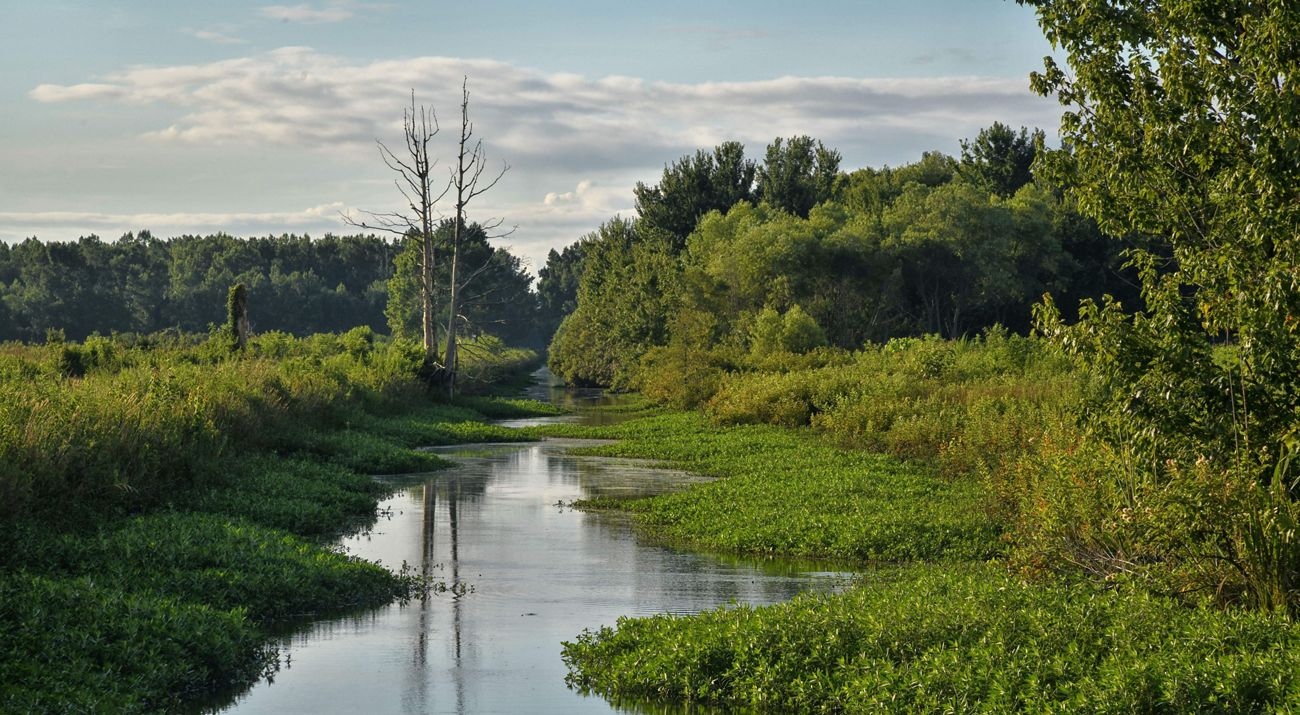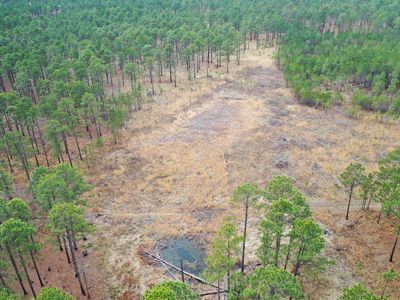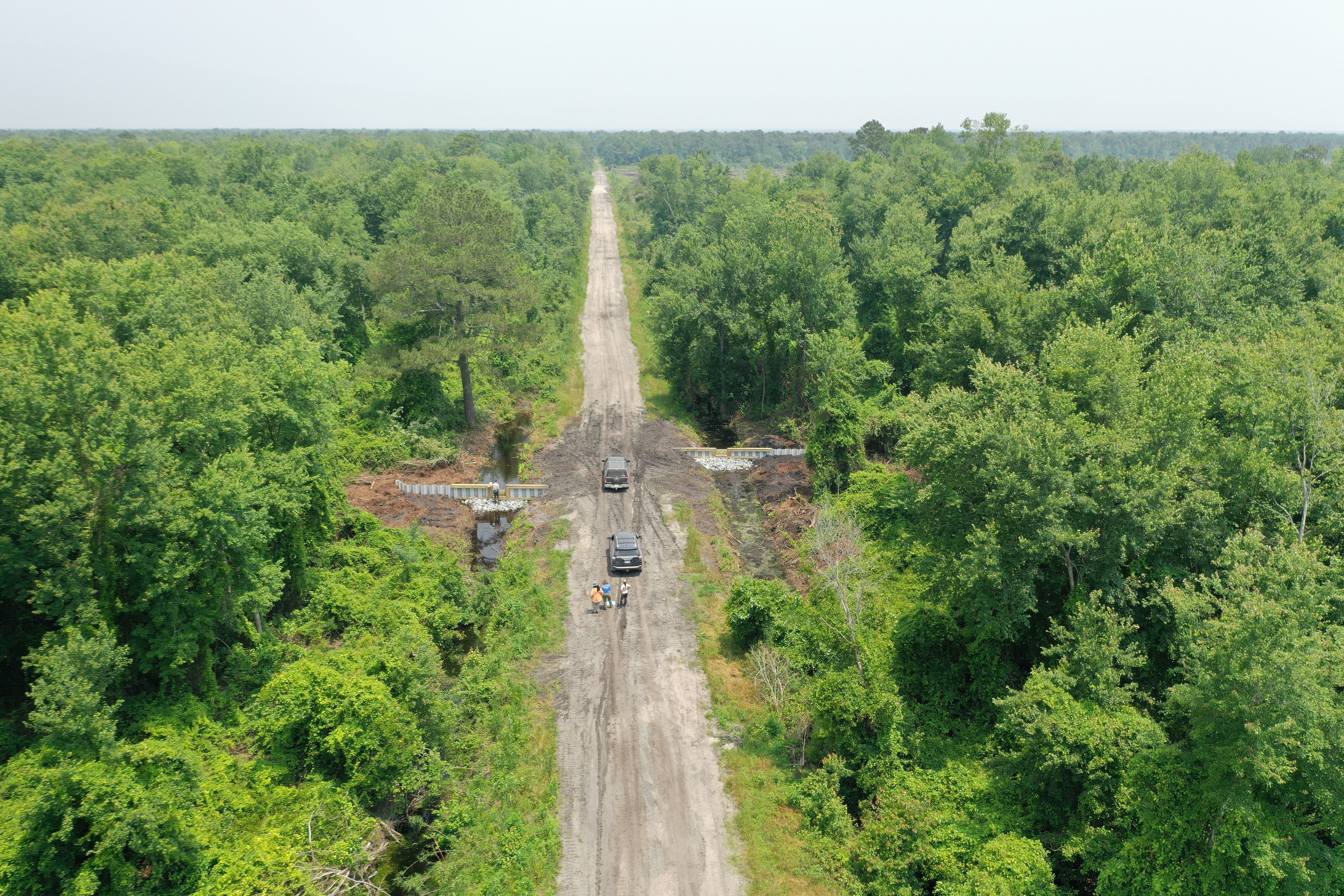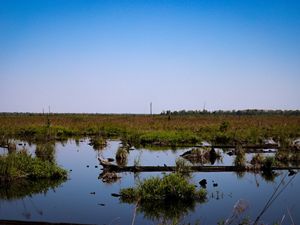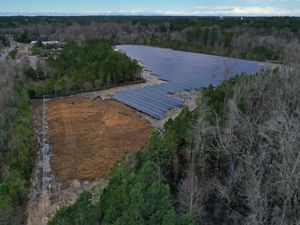Climate Action
Addressing air and water pollution, rising temperatures and extreme flooding events across North Carolina.
All the work that The Nature Conservancy (TNC) in North Carolina has done since its establishment in 1977 contributes to climate change mitigation. But across the state and around the world, we are experiencing more frequent drought and flood events, rising temperatures and sea-level rise. The urgency of climate change demands grand-scale projects, innovation, partnerships and science—everything that The Nature Conservancy excels at.
Our climate program in North Carolina contributes to TNC’s global 2030 goals, including avoiding or sequestering 3 billion metric tons (about 3.31 billion tons) of carbon dioxide emissions each year by the end of 2030. Everything that we do now will determine whether we slow warming enough to avoid the worst impacts of climate change while also conserving the lands and waters we need to survive.
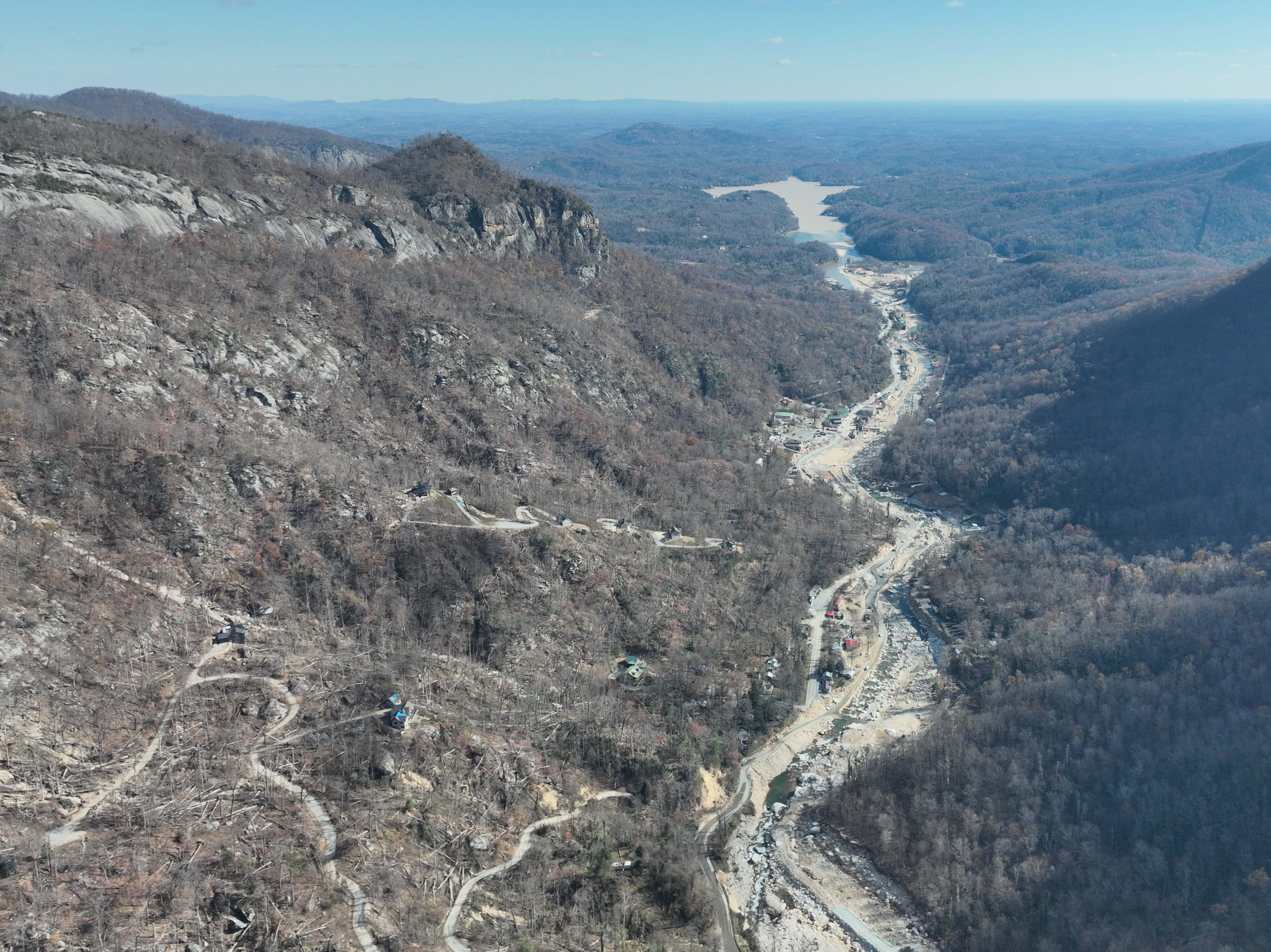
Our Two Strategies
Working hand-in-hand with natural resource managers, government agencies and other conservation organizations, TNC’s climate adaptation strategy is focused on actions that conserve or restore ecosystems and biodiversity, with co-benefits to reduce climate risk to human communities.

Sequester Carbon and Reduce Emissions
North Carolina is home to a diverse array of wetlands spread across our state’s three regions. These wetlands act as sponges, absorbing excess water from rain or storms. European colonists ditched and drained wetlands to improve access for timber harvest, development and agriculture purposes. Historically, 50% of North Carolina’s wetlands have been drained.
There is a direct correlation between drained wetlands and flooding issues in nearby communities—representing a big risk as extreme weather events become more frequent. Hurricane Helene, for example, highlighted the need for restored wetlands and floodplains and for removing barriers along rivers. These conservation strategies help circulate and store water, alleviating some of the overflow.
When it comes to carbon sequestration, peat is an overachiever. Peat—a type of wetland whose soils contain a high proportion of partially decayed organic matter—covers less than 3% of the Earth’s surface but stores twice as much carbon as all the world’s forests. When drained, peat emits carbon and, because it’s highly flammable when dried, increases the risk of wildfires. TNC North Carolina is expanding its peatland restoration and protection work as the number one nature-based solution to climate change, with a goal that it will reduce carbon emissions by 489,606 metric tons of CO2 each year by 2030.
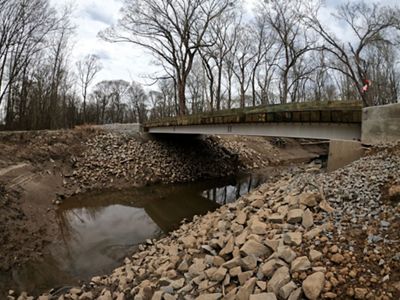
Use Nature-Based Solutions to Climate Change
Climate-informed forest management, restoring floodplains and wetlands, and managing river flows out of large dams are all nature-based solutions that help improve the resilience of natural systems and reduce climate risks to human communities.
TNC NC’s floodplain restoration and barrier removal in the Roanoke River and Cape Fear River basins will provide water quality and flood risk reduction benefits. Our partnership with the U.S. Army Corps of Engineers has allowed us to manage water releases from Jordan Dam, which is reducing harmful blue-green algae blooms in the Cape Fear River near multiple large drinking water intake pipes.

Defining Nature-Based Solutions
Often known as “green” infrastructure, these solutions are not as well understood by the public as traditional, “grey” engineering solutions, such as concrete structures on shorelines.
Our Work in Action
Supporting the transition to renewable energy is an essential component of reaching our carbon emission reduction goals. In terms of the amount of installed solar energy capacity, North Carolina is fifth in the nation. Since 2011, more than 35,000 acres have been used to build solar facilities, raising the opportunity for TNC to support this growing climate mitigation solution. Our work has focused on providing science-based guidance for low-impact solar siting and design to avoid, minimize and mitigate potential impacts on the environment.

Download this Resource!
Solar energy facilities show great potential for providing sustainably sourced electricity and are increasingly playing a larger role in meeting our energy needs. Download this guide to find and design low-impact solar installations.
Solar siting is a complicated process due to many regulations, economic factors and criteria. TNC has developed a solar siting web map tool for solar developers that highlights 6 million acres that are suitable for solar development based on land cover type, proximity to the energy grid, low value to biodiversity and more. We work with solar developers and operators across the state to implement our approach.
Solar facilities often fragment the land and disrupt intact natural areas. Working with universities, we conducted research to understand the feasibility of maintaining wildlife habitat and connectivity in and around solar facilities. The research revealed an increase in pollinators and wildlife inhabiting the facilities. Practices such as wildlife-friendly fencing, wetland restoration and planting native vegetation are other strategies we encourage in our guide, Principles of Low-Impact Solar Siting and Design and complementary Technical Guidance.
Experience Our Work
TNC and the North Carolina Wildlife Resources Commission (WRC) worked with a team of hydrologic and environmental engineers to create a restoration design for 7,500 acres of ditched pocosin peatland in Angola Bay Game Land. The installation of water control infrastructure began in the spring of 2023 and was completed in 2024. The second phase of this project involves restoring habitat. Along with our WRC partners, we planted several hundred acres of former loblolly pine plantation with wetland species, including 147,294 globally rare Atlantic white cedar seedlings, along with bald cypress, pond cypress and buttonbush.
Restoration work creates a healthier habitat for game species such as deer, turkey and rabbit. Visit the NC Wildlife Resource Commission for more information about hunting.
Our Global Impact
Our planet faces the interconnected crises of rapid climate change and biodiversity loss. We have years, not decades, to address these existential threats. The Nature Conservancy has set ambitious goals and is working across the world to achieve those goals by 2030.
The peatland restoration work we are doing in North Carolina is contributing to TNC’s goal of avoiding or sequestering 3 billion metric tons (about 3.31 billion tons) of carbon dioxide emissions each year. The science we are developing is shared across the world to inform similar projects and advance our impact.
